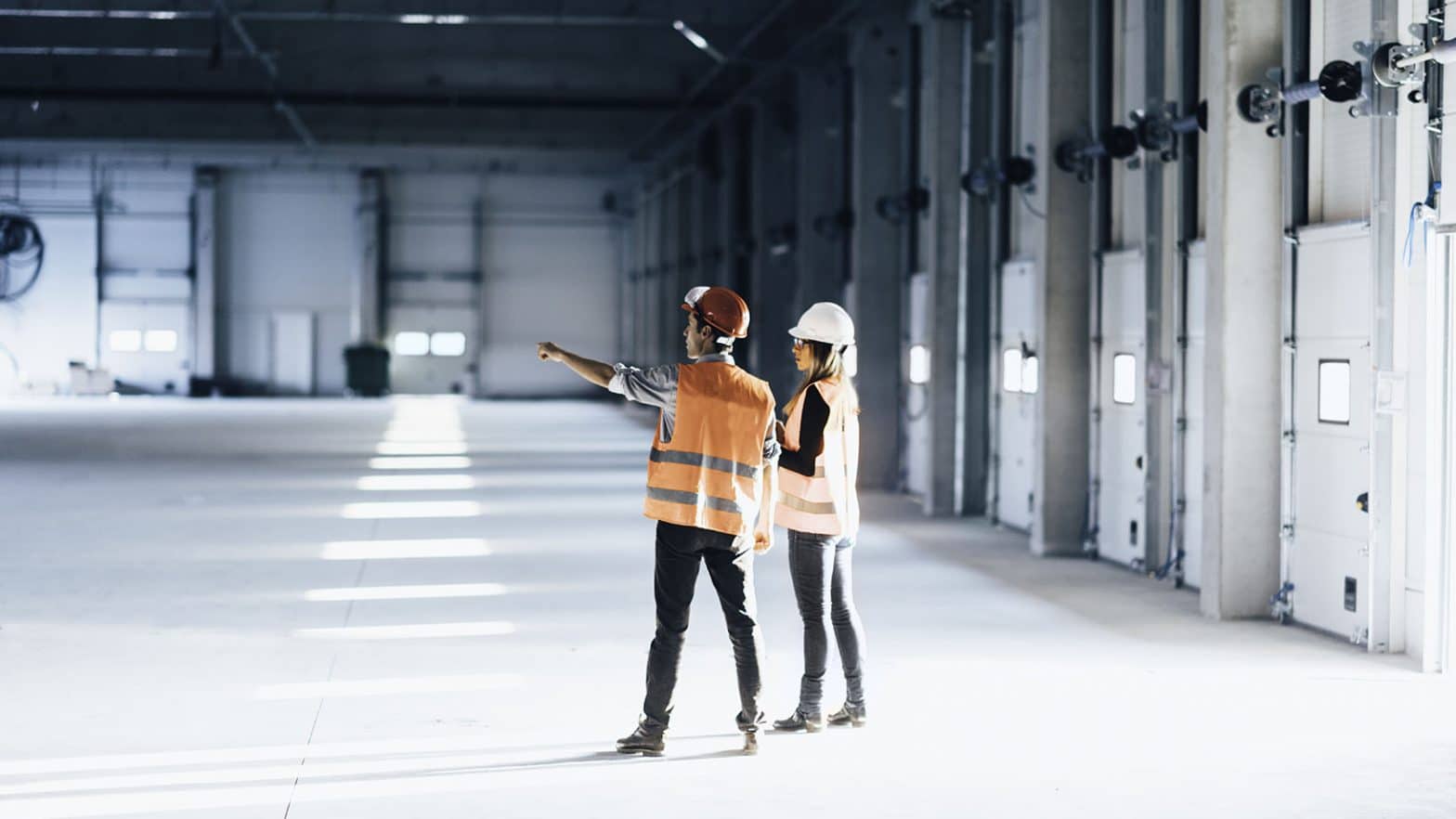
The challenge of retrofitting at scale: what role does innovation have to play?
In order for our built environment to respond fully to the challenge of becoming carbon neutral, investment in new technologies is key.
The UK has some of the oldest in-use building stock in the world. This results in green gains in the form of embedded carbon but only if there are the technological solutions available at an acceptable cost point which can be deployed in the short to medium term to retrofit such stock.
The main challenges to retrofitting at scale – scalability and adoption
In terms of innovation, there are two main aspects to retrofitting at scale.
The first is the scalability of the technological solution. The second is the cost of adoption.
Industry adoption is the biggest bottleneck in both built environment and nature based solutions to retrofit. The key to unlocking and driving industry adoption is to de-risk the process and turn cost centres into profit centres.
Return on investment analysis now not only focusses on pure financial return but also on the concept of a “green premium”.
Investment in and adoption of new technologies is changing the metrics on investment analysis. This does not however detract from the fact that in achieving the most optimal de-carbonisation outcomes, there will always be an element of risk.
The benefits of a collaborative approach
Whilst venture capital can play a role in investing in new technologies at the outset (thereby bearing that initial risk of technological failure), there needs to be a high level of collaboration between investors and across industry and regulatory sectors in order to share that initial risk. It is only once technological solutions can be applied at scale that they become easy to adopt. Some of these themes are explored in our Creating Connections proptech report from 2019.
What we see now is that the role of the Government in this collaborative process is key. Whether this is incentive based, through public-private partnerships and the support of entrepreneurial activity to invest in and scale innovations, or putting in place the statutory and regulatory framework to shape the UK’s future retrofit agenda.
The construction industry accounts for 15% of global GDP however it is very much a lagging sector in terms of responsiveness to change and in particular in the adoption of innovative solutions to decarbonise our built environment. This is one of the key challenges to retrofitting at scale.
Traditional construction methods are widely considered to take too long to become carbon neutral and a rethink of the processes we use by default (in particular in the process of capturing carbon within the concrete manufacturing process) is needed if we are ever to reach that coveted net zero target.
Time is running out
Technological innovation takes time and if there is one thing that came out of COP26 it is that we do not have the luxury of time to invest in finding and implementing solutions to address the climate crisis.
This is perhaps where the crux of the issue lies. If we had the luxury of time arguably we could do away with the collaborative, incentive based approach and simply impose a carbon tax or some form of carbon pricing strategy leaving it to market forces to ascertain which technologies survive and emerge as the best solutions.
On a more upbeat note, in the field of energy efficiency, small changes can often mean big gains and it is this energy efficiency element that is most important in retrofitting existing buildings where energy leakage is of primary concern. Investments in fabric efficiency including duct and aero sealing and the use of energy efficient technologies already available such as LED lighting and the installation of smart meters are essential.
Technological solutions cannot however be viewed as the silver bullet.
The adoption of innovative solutions must be accompanied by behavioural change. There’s no point in installing a heat pump to heat a room when the windows are left open. Similarly, there is little value impact of installing a smart meter if lights are never switched off when a room is not in use.
These are easy wins which can be brought about by raising awareness to drive behavioural change across all property sectors whether that is in offices or homes, in hotels or leisure facilities or even on constructions sites themselves.
The bottom line
Innovative technological solutions are required to retrofit at scale however they also require significant capital commitment and long time lines to reach commerciality and carry with them the risk of failure.
Leaving aside new building stock which will benefit from many innovative projects already in the pipeline there is a need, in the shorter term, to look at de-carbonisation pathways applicable to retrofit and what technology is available today that can be deployed straightaway.
Partnerships between stakeholders in the property industry is key.
Venture capital plays a crucial role as a short term lever to de-risk technology advancement for smaller business. This allows them to scale products to make them available at a competitive cost to a wider market.
The Government too has a key role to play in supporting this sector through a combination of investment support and financial incentives as well as ensuring that there is a comprehensive regulatory and legislative framework in place to drive the change required.
If you are thinking about retrofitting or have done so already, we’d welcome your experiences and explore how we might help.
Talk to us about
Related services
Related sectors















